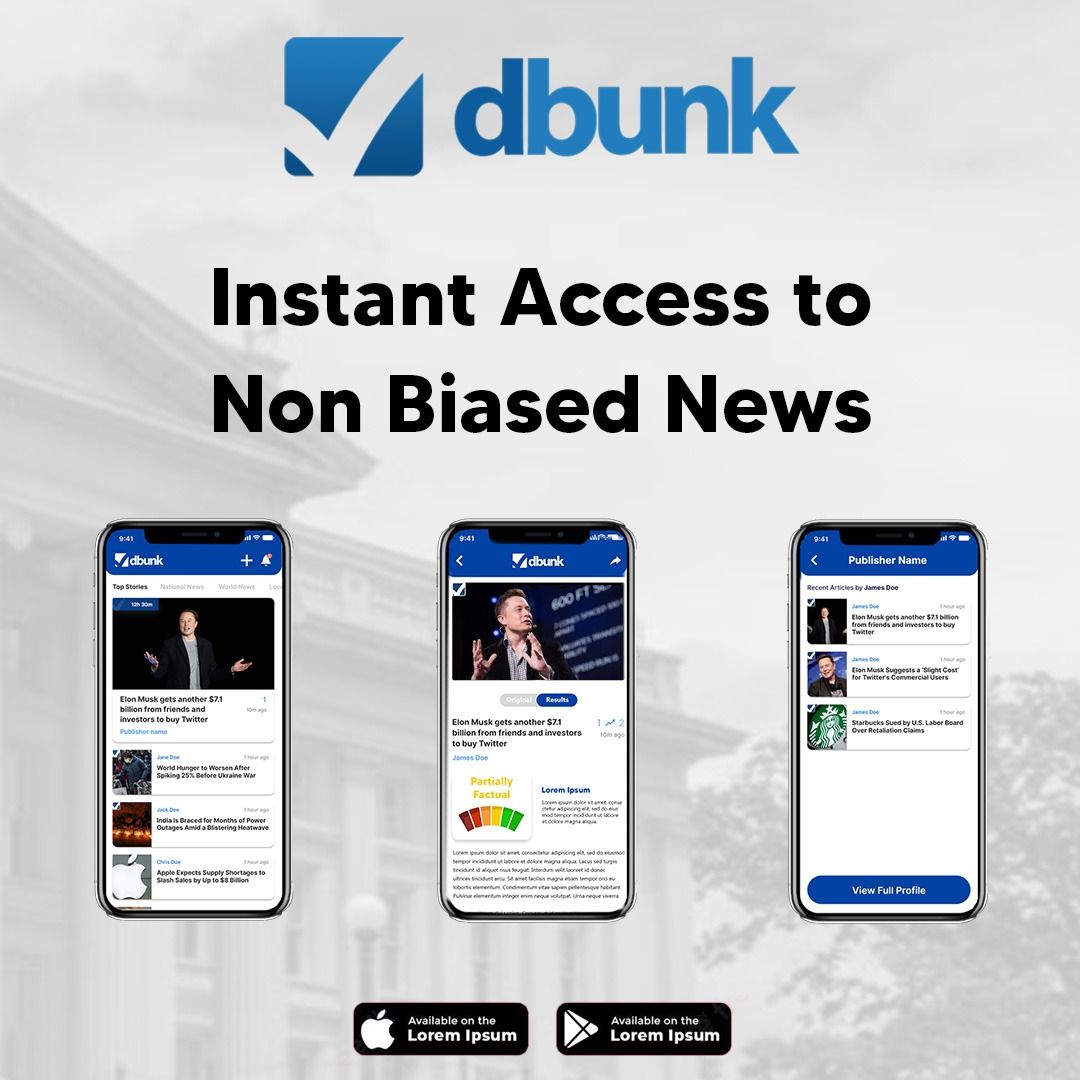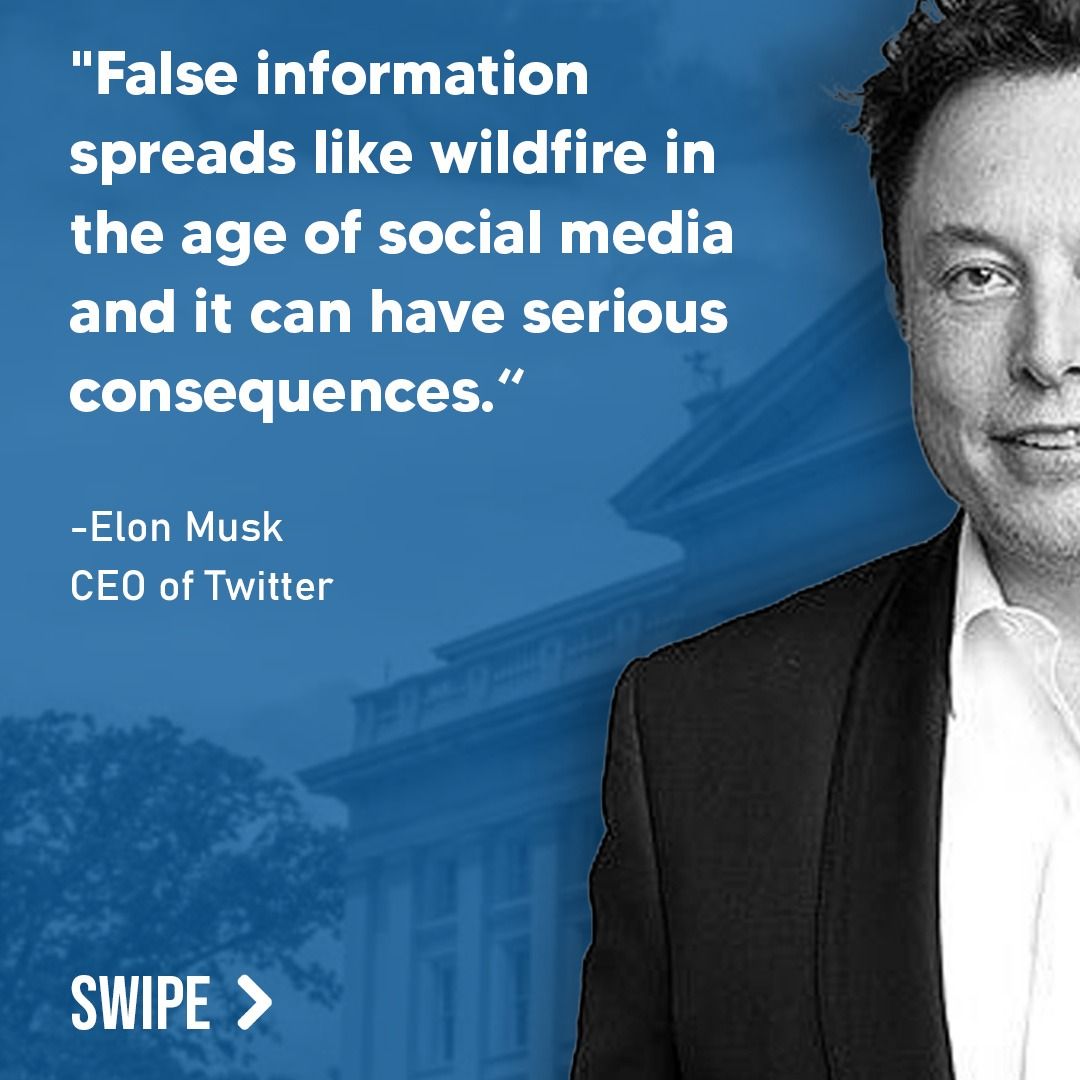
Fact Check Analysis: Examining the Report on Hamas’ Release of Four Hostages
Thanks to one of our subscribers, this fact check request was brought to our attention. If you come across any article that feels dubious or unclear, you too can submit it for scrutiny. Together, we can tackle misinformation and provide clarity in a maze of conflicting narratives.
Introduction
The CNN article titled “Israel receives names of four female hostages Hamas is due to release Saturday” discusses the ongoing negotiations and agreements between Israel and Hamas under a ceasefire deal struck to facilitate hostage and prisoner exchanges. The article delves into both the humanitarian and political implications of the issue, but some inconsistencies, omissions, and a lack of critical context require investigation.

Fact Check: Addressing Inconsistencies and Missing Context
Several critical issues arise when analyzing the article’s content, particularly concerning missing context and information that could be prone to misinterpretation by readers.
Misinformation: The Inclusion of Arbel Yehud
One key question asked by our users pertains to why Israel is proceeding with the release despite Arbel Yehud’s exclusion from Hamas’s list of hostages. The article states:
While the above explanation attempts to clarify the situation, it does not sufficiently address the historical context of factional differences between Hamas and Palestinian Islamic Jihad (PIJ). These differences drastically impact the timing of negotiations, as PIJ, an autonomous organization with its own agenda, often refuses to coordinate its actions with Hamas. By omitting this nuance, the article risks leaving readers unclear about the complexities of the hostage situation, particularly why certain individuals like Yehud are not immediately listed for release.
Bias: Highlighting Emotional Stories Without Context
The CNN article dedicates substantial space to describing the lives and personal interests of the four hostages expected to be released. While such details undeniably evoke empathy, they could unintentionally steer readers’ focus away from the broader issues, such as the structural inequities driving the ongoing conflict. For example:
While this human element is valuable, the coverage skews heavily toward illustrating the young women’s personal struggles while providing little detail about the humanitarian conditions in Gaza during the conflict, or profiles of any of the 200 Palestinian prisoners expected to be released. Such an imbalance, while likely unintentional, may contribute to a perception of partiality in the reporting.

Missing Context: The Scope of the Hostage Exchange Agreement
The article briefly mentions the condition of the prisoner exchange but fails to delve deeper into its controversy:
This statement could leave readers questioning whether 50:1 is a standard ratio in such agreements or how this rate was negotiated. Historically, Israel has participated in uneven exchanges, such as the 2011 deal that saw over 1,000 Palestinian prisoners released for one Israeli soldier, Gilad Shalit. Without this crucial historical comparison, readers may struggle to gauge whether the current agreement is precedent-setting or consistent with previous negotiations.

Clarifying Why Israel Accepted Hamas’s Proposal
A user asked why Israel still pursued the deal to release the four hostages, given Yehud’s absence. While the article notes that decisions are made based on discussions “through mediators” and after consulting with officials, it lacks emphasis on the role of international actors such as Qatar and Egypt. These states have repeatedly facilitated Israeli-Hamas negotiations, and their involvement likely influenced Israel’s decision to proceed. Refocusing on such mediation in the article would provide more thorough coverage of why Israel opted to move forward.
Conclusion: Why It’s Vital to Verify Information
The CNN article provides an informative account of some aspects of the hostage negotiations but omits significant contextual details and expands on emotionally charged narratives that could dilute impartiality. In today’s digital information environment, even well-intended omissions can create room for misunderstanding or misrepresentation of events.
As subscribers to DBUNK’s core mission, you can cut through this fog of misinformation. Download our app and join us in holding media sources accountable for comprehensive and non-biased reporting. Together, we can pave the way for a better, more informed future.

Learn more about this story by visiting the original article on CNN. Let DBUNK be your trusted guide in navigating today’s complex news landscape.

